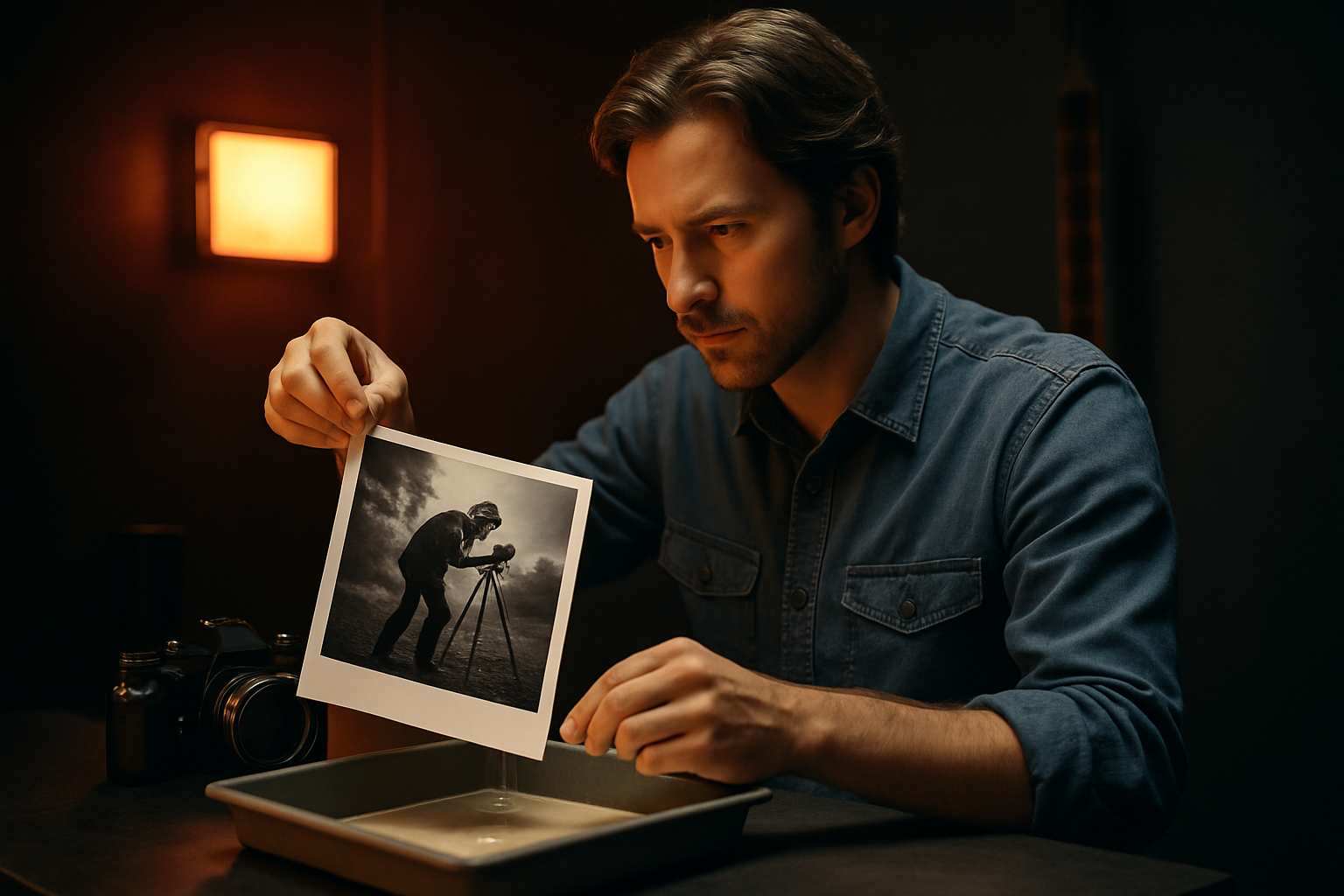The Resurgence of Analog Photography in the Digital Age
In a world dominated by digital imagery, a surprising trend is emerging: the revival of analog photography. This renaissance of film cameras and darkroom techniques is captivating both seasoned professionals and young enthusiasts alike, challenging the notion that digital is always superior. As we explore this trend, we'll uncover the reasons behind its resurgence, its impact on the art world, and what it means for the future of photography.

A Return to Craftsmanship
In the age of automation, analog photography represents a return to manual skill and expertise. Photographers must master the intricacies of exposure, focus, and composition without the safety net of immediate feedback. This challenge has led to a renewed appreciation for the craft of photography, with many artists finding joy in the deliberate and thoughtful process of creating images.
The Aesthetic Appeal
Film photography possesses a unique visual quality that digital cameras struggle to replicate. The grain, color rendition, and dynamic range of film create a distinctive look that many find appealing. This aesthetic has become increasingly sought after, with some digital photographers even attempting to emulate film characteristics in post-processing.
Environmental and Ethical Considerations
Surprisingly, analog photography is finding supporters among environmentally conscious individuals. While digital photography relies on constantly upgrading electronic devices, film cameras can last for decades. Additionally, the chemical processes involved in film development are being reinvented with more eco-friendly alternatives, addressing previous environmental concerns.
Impact on the Art Market
The resurgence of analog photography has had a significant impact on the art market. Vintage prints and rare cameras have seen a surge in value, while contemporary artists working with film are gaining recognition for their unique approach. Galleries and museums are showcasing analog work alongside digital, highlighting the enduring relevance of traditional photographic processes.
Educational Renaissance
Photography schools and workshops are experiencing increased demand for analog courses. Students are eager to learn darkroom techniques and understand the fundamental principles of photography that are sometimes overlooked in the digital realm. This educational shift is fostering a new generation of photographers with a deep appreciation for the medium’s history and technical foundations.
Analog in the Digital Workflow
Interestingly, many photographers are not abandoning digital entirely but integrating analog processes into their workflow. Hybrid approaches, such as scanning film negatives for digital editing and printing, are becoming increasingly common. This blending of old and new technologies allows artists to leverage the strengths of both mediums.
The Future of Analog Photography
As the analog revival continues, manufacturers are responding with new film stocks and even new camera models. This resurgence is not just a fleeting trend but a significant shift in the photography landscape. The future of analog photography looks bright, with a growing community of practitioners ensuring its techniques and aesthetic will continue to evolve and influence visual culture.
In conclusion, the resurgence of analog photography in the digital age is a testament to the enduring power of tangible, crafted imagery. It represents a fusion of nostalgia and innovation, challenging photographers to slow down and consider each frame carefully. As this movement grows, it promises to enrich the world of photography, offering a counterpoint to the speed and convenience of digital while inspiring a new generation of artists to explore the magic of film.





